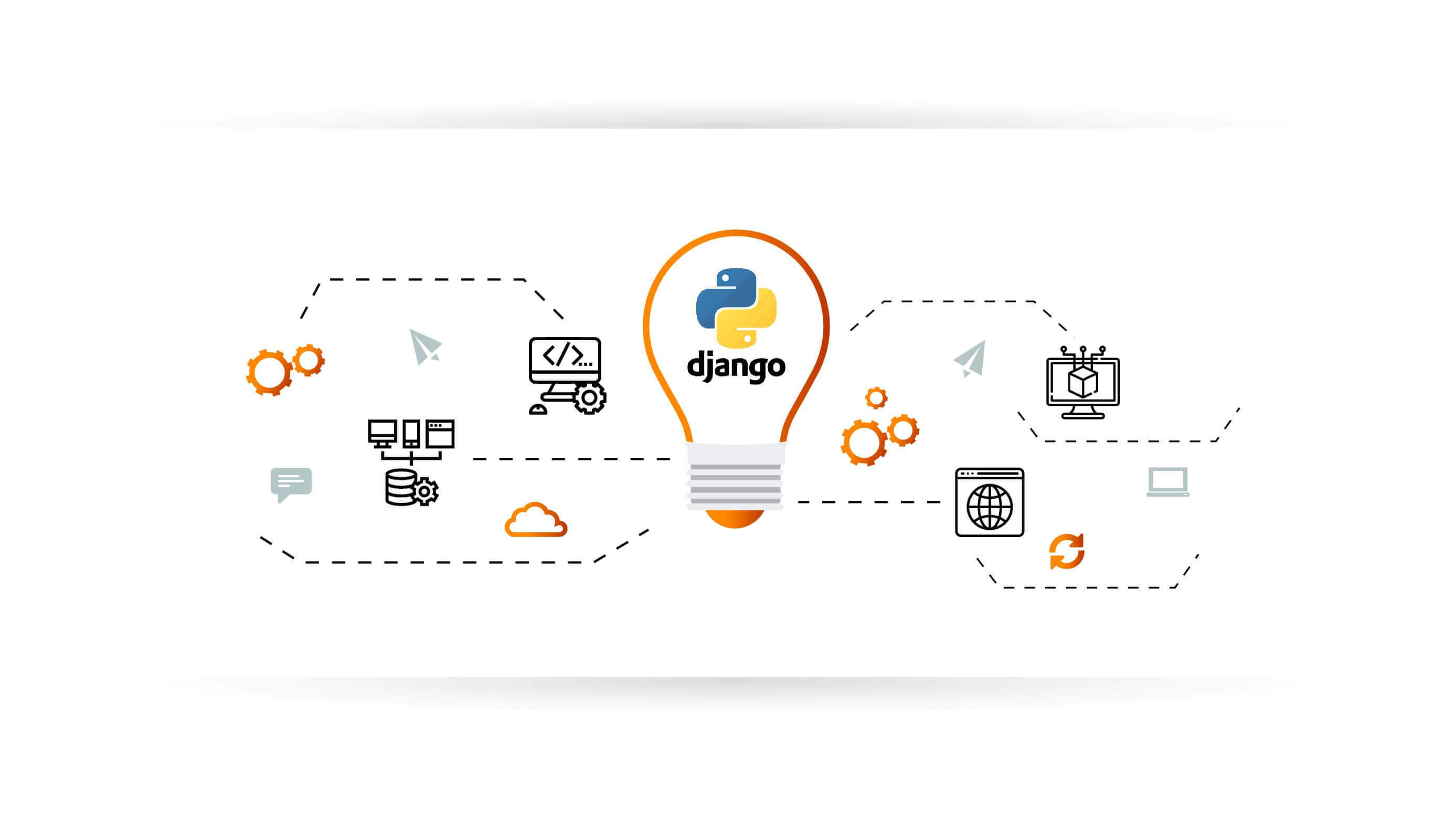Buzz Haven: Your Source for Trending Insights
Stay updated with the latest buzz in news, trends, and lifestyle.
Django: Your New Best Friend for Web Development
Discover why Django is the ultimate ally for web development! Unlock its secrets and boost your projects with ease today!
Getting Started with Django: A Beginner's Guide to Your New Best Friend
Django is a powerful web framework that simplifies the process of building dynamic websites. If you're new to web development, Django can quickly become your best friend, thanks to its clean design and emphasis on reusability. To get started, you'll first need to ensure you have Python installed on your machine. Once you have Python, you can easily install Django using pip, Python's package manager. Just run the command: pip install django. As you start exploring Django, you will appreciate its impressive features, such as the built-in admin interface, ORM (Object-Relational Mapping), and a strong community support.
After installing Django, it’s time to create your first project. Open your terminal and use the command django-admin startproject myproject, replacing 'myproject' with your preferred project name. Once the project is set up, navigate into your project directory and run python manage.py runserver to start the development server. You can then visit http://127.0.0.1:8000/ in your web browser to see your new Django project in action. As you delve deeper, you’ll discover how to create apps, configure URLs, and define models, making your journey into the world of web development both exciting and rewarding.

Why Django is the Ultimate Framework for Rapid Web Development
Django is widely regarded as the ultimate framework for rapid web development due to its robust design and built-in features that enable developers to create high-quality web applications efficiently. With its reusable components and adherence to the DRY (Don't Repeat Yourself) principle, developers can focus on writing unique code instead of repetitive tasks. This not only accelerates the development process but also enhances maintainability. Furthermore, Django's comprehensive documentation and supportive community provide invaluable resources, making it an ideal choice for both novices and experienced programmers.
One of the standout features of Django is its admin interface, which automatically generates an interface for managing application data. This feature saves considerable time and effort, allowing developers to spend more time fine-tuning their applications. Additionally, Django supports the development of scalable applications with its ability to handle high traffic loads and large volumes of data effortlessly. By providing all the tools needed for rapid development, including an ORM, URL routing, and templating, Django truly stands out as the framework of choice for anyone looking to build quality web applications in a fraction of the time.
Top 10 Features of Django That Make Web Development a Breeze
Django, a high-level Python web framework, is renowned for its ability to streamline web development, allowing developers to focus on creating high-quality applications. Here are the Top 10 Features of Django that make web development a breeze:
- Robust Admin Interface: Django comes with a built-in admin panel that allows users to manage site content effortlessly, simplifying tasks such as adding, editing, and deleting records.
- Rapid Development: With Django’s extensive libraries and pre-built components, developers can quickly build and deploy applications, saving time and resources.
- Security Features: Django emphasizes security, providing built-in protections against SQL injection, cross-site scripting, and cross-site request forgery, keeping your web application secure.
- Scalability: Django’s architecture allows easy scalability to accommodate growing user bases, making it suitable for both small and large applications.
- ORM (Object-Relational Mapping): Django provides an intuitive ORM that allows developers to interact with databases using Python code instead of complex SQL queries.
- Versatile URL Routing: The framework offers flexible URL mapping, making it easy to create clean and SEO-friendly URLs.
- Built-in Testing Framework: Django supports testing right out of the box, helping developers ensure their applications are bug-free before deployment.
- Community and Documentation: With a large, active community and comprehensive documentation, developers have access to resources and tools that enhance their learning and problem-solving capabilities.
- Middleware Support: Django allows easy integration of middleware components, enabling the addition of custom functions to request and response processing.
- Template Engine: The built-in template engine provides a straightforward way to design front-end views while maintaining separation of logic and presentation.